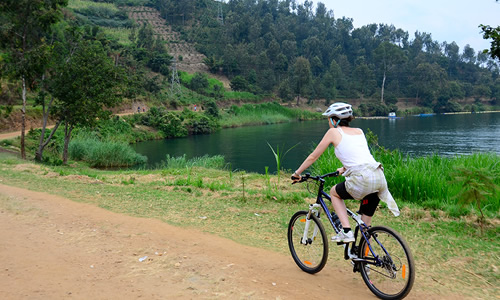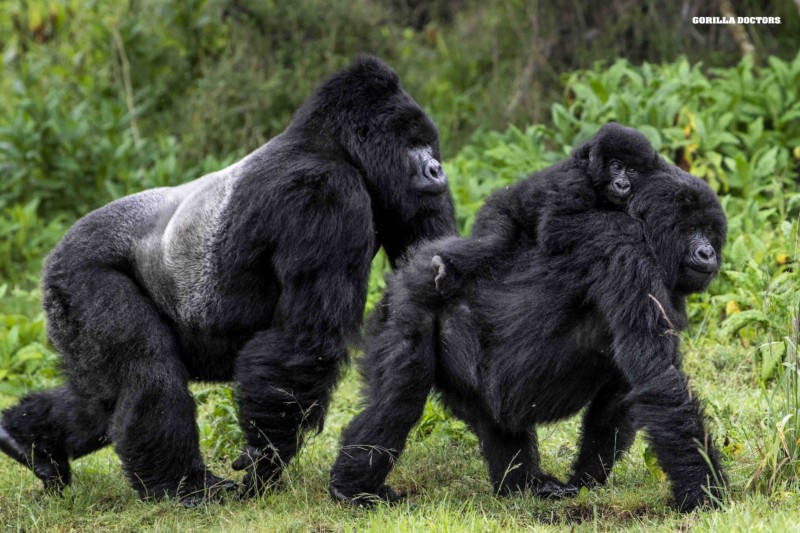The great wildebeest migration 2024- 2025
The Great Wildebeest Migration 2024- 2025 (Maasai Mara National Reserve and Serengeti National Park): Since the big wildebeest migration is visible in two stunning protected areas, the Maasai Mara national reserve in Kenya and the Serengeti National Park in Tanzania, it is one of the natural wonders that many tourists on a safari in Kenya and Tanzania appreciate. Following the rhythm of rainfall, many animals travel in what is known as The Great Wildebeest Migration as they move from one location to another in search of newer, greener pasture. In the Mara-Serengeti ecosystem, where they move from Serengeti National Park to Maasai Mara National Reserve and back to Serengeti to complete the circuit, over 2 million Wildebeests, thousands of Gazelles, Elands, Zebras, and other animals migrate together as part of the Great Wildebeest Migration. Because the migration is continuous, it occurs every year.
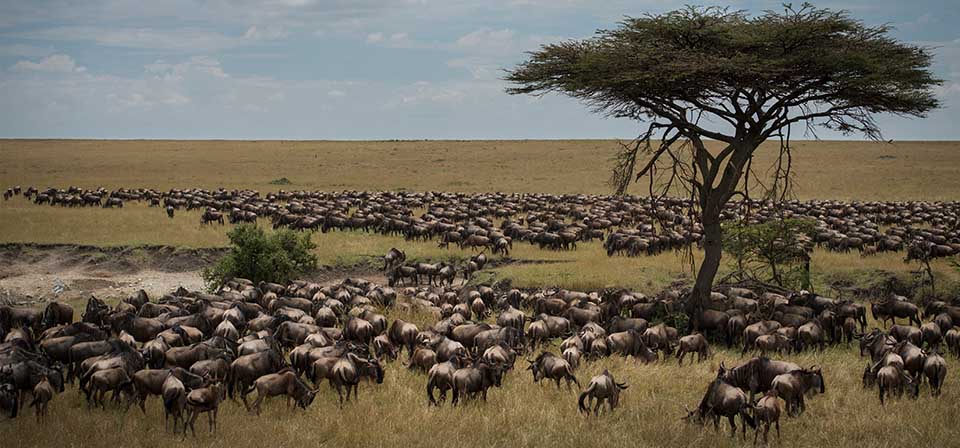
Many travelers organizing their African safaris to Kenya and Tanzania frequently want to witness the enchanted Wildebeest Migration, but many are unaware of the ideal time to do so. Fortunately, this article covers the wildebeests’ monthly migratory patterns, which will assist many people in making informed plans for their safaris to view the wildebeest migration in Kenya and Tanzania.
See below The great wildebeest migration pattern in the subsequent months
The migration in the month of January: The Great Wildebeest Migration gathers in the southern plains of Serengeti National Park in January, which is where the migration begins. This area is around Ndutu. Tourists may be rewarded with the chance to see an early calving in this month of January, even though February is the greatest month for calving. Given that January ushers in East Africa’s brief dry season, visitors are advised to be prepared for a little bit of rain at any given time during this month. Therefore, be sure to take a warm sweater and a rain jacket in your backpack.
The migration in the month of February : February is without a doubt a remarkable month in the wildebeest migration cycle. Tourists have the opportunity to see calving throughout the month of February. There is currently a baby boom as thousands of wildebeests are giving birth in the Ndutu area. February is one of the ideal months to schedule your Kenya safari and Tanzania safari for the great wildebeest migration because it is a totally dry month. Be sure to keep an eye on a lot of these wildebeests as the young attempt to take their first steps in the presence of hungry predators who are also looking for their next meal. Carnivores like lions will be easy to see as they consume the young wildebeests.
The Great Wildebeest Migration in March: In the wildebeest migration cycle, March marks the conclusion of the calving season. As they feast on the new flora, the animals are still banding together in the Ndutu area of the Serengeti National Park’s southern plains.
The Great Wildebeest Migration in April: As the nation experiences rain, the wildebeests are almost finished migrating together as zebras, elands, topis, gazelles, and many other creatures join them. The southern greenery is a feast for the animals, and sure, it is time to leave because it is no longer fresh.
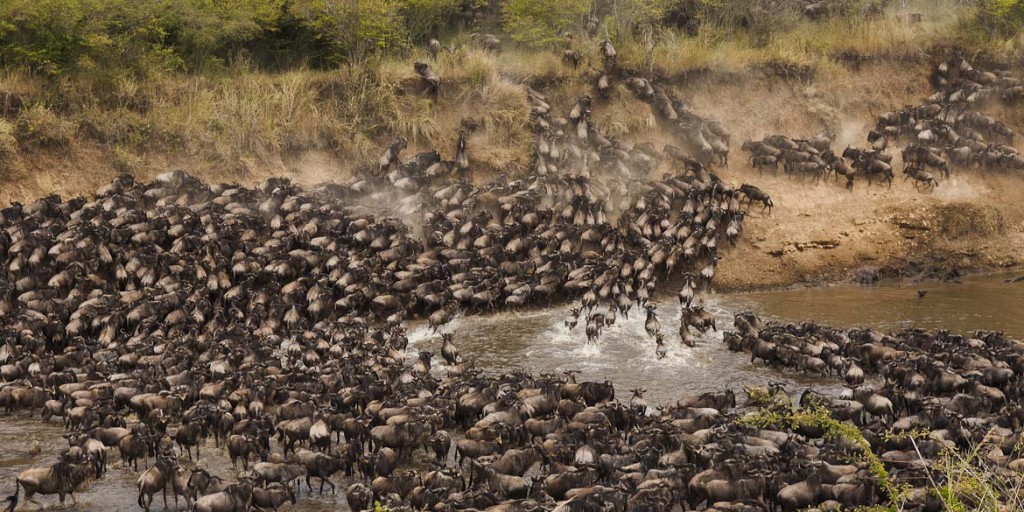
May marks the beginning of the Great Wildebeest Migration, when the animals leave the southern plains and travel via the Moru Kopjes to the north. As these creatures move toward the western corridor, their migrations continue. Keep your raincoats close by at all times, keeping in mind that May is a wet month. Rain has made the foliage incredibly lush and tall, making it ideal for travelers who want to capture the beauty of nature in photographs. However, too much rain causes the vegetation in the western corridor to become less nutrient-rich, causing the wildebeest migration to continue northward despite the difficulty of crossing the Grumeti River, which is home to crocodiles.
The Great Migration of Wildebeest June: June is the beginning of the dry season, and at this time, the great wildebeest migration may be observed leaving the Grumeti reserve and the western corridor via the crocodile-infested River Grumeti and moving northward in search of greener, more nourishing pasture.
Wildebeest migration in the month of July : The Northern Serengeti National Park’s foliage is becoming drier throughout the month of July, whereas the Maasai Mara National Reserve’s environment is lush and enticing. There is no other way to reach Maasai Mara, so the migration must continue, and this month of June sees the wildebeests preparing and gathering to start the Mara-River crossing. However, to get to these fresh vegetation, the wildebeest and other animals on movement must cross the more dangerous Mara River, which is full of hungry crocodiles. This moment The greatest time to schedule your combined Kenya and wild, or more specifically, a Maasai Mara and Serengeti safari, is when the wildebeest migration is visible in the most northern area of Serengeti National Park.
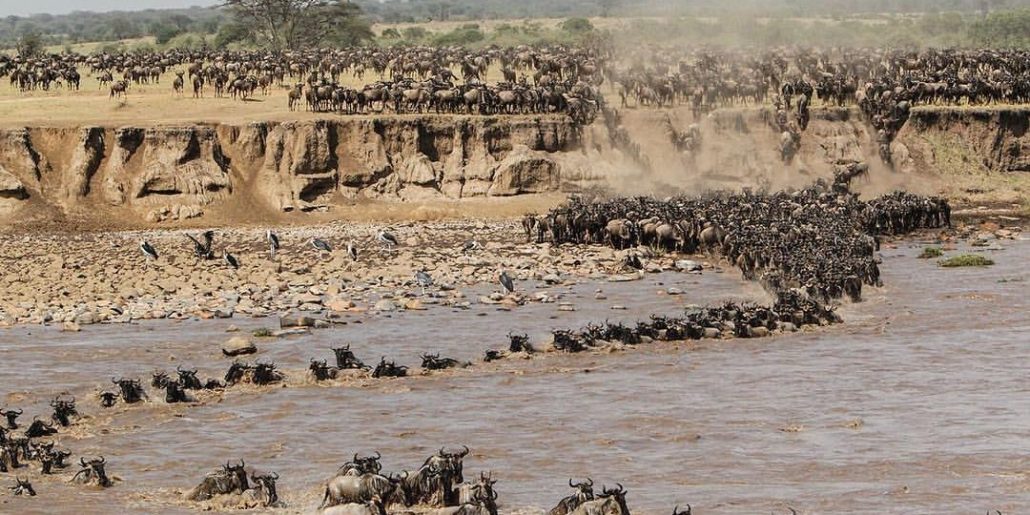
The Great Wildebeest Migration in August and September: I’ve combined August and September since they’re the finest months to see the enchanted Mara River crossing and watch as hundreds of animals are murdered and devoured by crocodiles that wait in the river. Regardless of how challenging it is to cross the river, nothing can stop the migration process. Those who make it make their way to the Maasai Mara National Reserve for mating season before returning to the Serengeti National Park for calving season. When organizing your trip to see the wildebeest migration in this month, it is important to make sure that you arrange your lodging in advance because this is the period of year when the Maasai Mara national reserve attracts the most visitors who want to see the spectacular river crossing.
The Great Wildebeest Migration in October: In October, the animals are spotted crossing back to Serengeti National Park from the north, heading south toward Lobo Valley and Grumeti River to return to their calving sites. This marks the conclusion of the Mara River crossing.
The Great Wildebeest Migration occurs in November, and while some animals stay in the north, most are dispersed throughout the central Serengeti.
By the end of December, all animals are visible throughout the middle Serengeti plains, signaling the beginning of the Great Wildebeest Migration. In the southern region of Serengeti National Park, some in the Lobo area and Ndutu are preparing for calving season, and the migration pattern is still in place.
Note that : The wildebeest migration is an annual movement of animals, and as the migration does follow the pattern of rainfall, it is likely to shift if the climate changes. In order to arrange your wildebeest migration safari, it is always vital to contact your experienced tour adviser.

